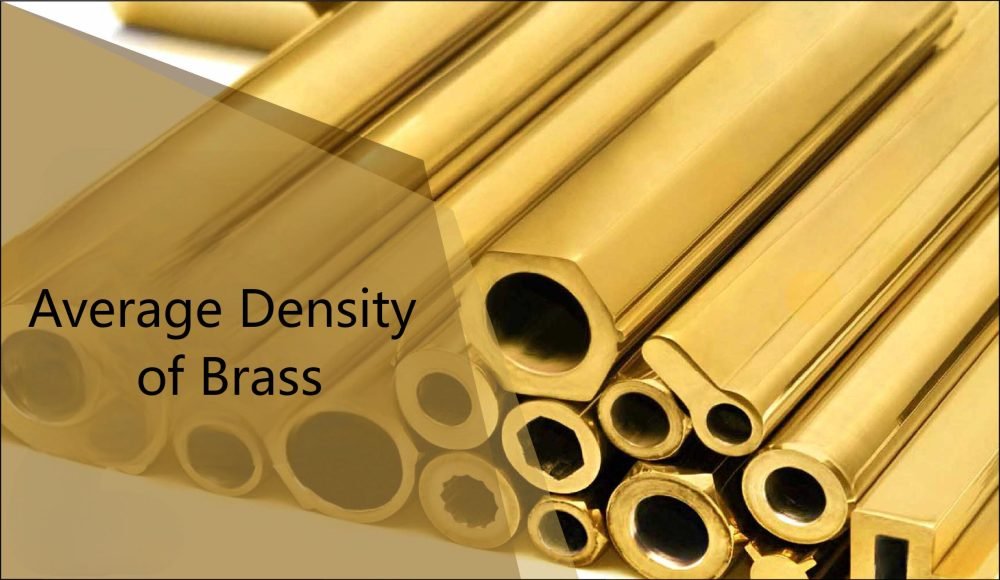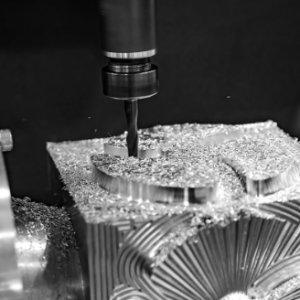Ottone is one of the most widely used alloys in modern manufacturing, known for its excellent machinability, resistenza alla corrosione, and attractive appearance. As an alloy primarily composed of copper and zinc, the physical properties of brass—particularly its density—vary depending on the proportions and presence of additional elements. Understanding the average density of brass is essential for engineers, designer, and manufacturers to ensure optimal material performance in applications ranging from plumbing and electrical systems to musical instruments and precision components.
What Is the Average Density of Brass?
The average density of brass typically ranges from 8.4 A 8.7 grammi per centimetro cubo (g/cm³). This variation arises from the ratio of copper to zinc, as well as other minor alloying elements such as tin, Guida, or aluminum.
Brass with a higher copper content will generally have a higher density, while brass with more zinc or lighter elements will weigh slightly less per unit volume. This variability makes it important to identify the specific brass grade when exact density is required for design or engineering purposes.
Why Density Matters in Brass Applications
Density is a fundamental material property that impacts:
Strength and durability: Denser brass alloys often have better mechanical strength and wear resistance.
Resistenza alla corrosione: High-density brass with fewer impurities is typically more corrosion-resistant.
Thermal and electrical performance: Density can influence conductivity, particularly in electronic applications.
Weight-sensitive designs: Nell'aerospaziale, settore automobilistico, e ingegneria strutturale, density directly affects overall system weight and efficiency.
Così, understanding brass density is critical for ensuring the alloy meets both performance and safety requirements.
Comparing Brass Density with Other Common Metals
To better contextualize brass density, here is a comparative table:
| Metallo | Densità (g/cm³) |
| Ottone | 8.4 – 8.7 |
| Rame | 8.96 |
| Zinco | 7.14 |
| Bronzo | 8.8 – 9.0 |
| Acciaio | 7.8 – 8.1 |
| Alluminio | 2.7 |
| Titanio | 4.5 |
| Ferro | 7.87 |
| Nichel | 8.9 |
| Guida | 11.34 |
| Oro | 19.32 |
| Tungsteno | 19.25 |
Brass sits in the medium-to-high range in terms of density, heavier than aluminum or titanium but lighter than pure copper, bronzo, or precious metals like silver and gold.
Density of Common Brass Alloys
The term “brass” encompasses a range of alloys. Below are the densities of some widely used brass grades:
| Lega di ottone | Densità (g/cm³) |
| Ottone rosso | 8.75 |
| Ottone giallo | 8.47 |
| Ottone navale | 8.44 |
| Cartuccia in ottone (260) | 8.53 |
| C3604 Free-Cutting Brass | 8.50 |
| Muntz metallo | 8.45 |
| Admiralty Brass | 8.53 |
| Lead-Free Brass | 8.40 |
Each alloy’s density reflects its unique formulation and performance characteristics, which are tailored for specific industries like marine, idraulico, or electrical applications.
Key Factors That Influence the Density of Brass
UN. Composizione
The copper-to-zinc ratio is the most influential factor:
Higher copper content → Increased density.
Higher zinc content → Reduced density.
Additional elements (per esempio., tin for strength, lead for machinability, aluminum for corrosion resistance) further affect mass per unit volume. Perciò, alloy composition must be specified when precision is required.
b. Impurità
Uncontrolled impurities such as sulfur, ossigeno, or silicon can:
Reduce uniformity.
Introduce porosity.
Lower overall density.
High-purity brass generally offers better mechanical and corrosion properties due to more consistent density.
C. Temperature Effects
Brass expands when heated, increasing its volume and effectively reducing its density. al contrario, it contracts when cooled, increasing its density:
Thermal expansion must be considered in high-temperature applications (per esempio., scambiatori di calore).
High temperatures can also alter the alloy’s phase structure, affecting physical performance.
D. Microstruttura
Brass microstructure, particolarmente grain size and phase distribution, directly affects density:
Finer grains → Higher density due to fewer voids.
Coarse grains → Lower density and higher risk of internal defects.
Microstructure is influenced during solidification and can be optimized via controlled cooling rates and thermal treatment.
e. Processo di fabbricazione
How brass is processed affects its density:
| Processi | Effect on Density |
| Colata | May trap air or gas bubbles → Lower density |
| Forgiatura | Compresses material → Increases density |
| Rolling | Flattens and compacts material → Improves uniformity |
| Estrusione | Enhances grain alignment and removes internal voids |
| Drawing | Increases density by stretching and compacting the alloy |
Selecting the correct processing method is essential for maintaining both performance and structural integrity.
Conclusione
The density of brass is a critical property that varies based on composition, manufacturing method, temperature exposure, impurità, and internal structure. Whether you’re selecting materials for weight-sensitive aerospace parts or corrosion-resistant plumbing fixtures, knowing the density of your chosen brass alloy helps ensure safety, efficienza, and long-term performance.
By understanding how these variables influence density, manufacturers and engineers can better tailor brass alloys to meet the precise needs of their applications.
Per saperne di più:





1 pensato a “Densità media di ottone in g/cm³: Composizione, Confronto & Fattori influenzanti”